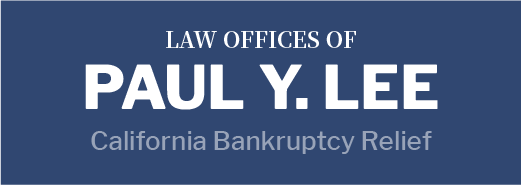
Secured and Unsecured Debt
There are two main types of debt: secured and unsecured debt. Basically, the difference is that secured debt is backed by some sort of collateral, which the lender may seize if you don’t pay off your debt. An example of a secured debt would be a car loan, in which case the collateral is obviously the car.
Unsecured debt, by contrast has no collateral. If you fail to pay off an unsecured debt, the lender will have to take legal action against you to garnish your wages or seize other assets in order to get their money back. An example of unsecured debt is a credit card.
Treatment of Debts in Chapter 7
Secured and unsecured debts are treated very differently in a Chapter 7 bankruptcy. Most unsecured debts may be completely discharged through liquidation of your non-exempt assets by a trustee. In fact, this is the primary purpose of Chapter 7. Exceptions normally include debts that were incurred through fraud, alimony and child support obligations, student loans, fines, and some types of taxes.
Discharging secured debts works differently. In order to rid yourself of the debt without paying it off, you must return the collateral to the lender. If you wish to keep the collateral, you have several options, including bringing your payments current and continuing to pay on schedule (reaffirming the debt), or paying off the debt in a lump sum (redeeming the property).
Property Redemption
Property redemption, or paying off a secured debt in order to keep the property, sounds great but is not always practical. It works best in situations where the collateral is now worth significantly less than the remaining debt amount due to depreciation. Then you may redeem the property by paying the “replacement value” or the collateral’s current worth, rather than the balance of your debt. If you and the lender can’t decide on an appropriate replacement value, a court can set one for you.
Several restrictions apply to property redemption. The property must be personal and not related to business. It must also be tangible property, as opposed to investments or intellectual property. Most importantly, your equity in the property must fall within the allowable exemption limits set by the state of California. Contact a qualified bankruptcy attorney for help understanding your exemptions.

